Spain’s Most Prestigious Regions For Red And White Wines
Take a tour of Spain’s greatest wine regions, courtesy of a James Beard Award-winning writer.
Enter to Win a Trip to Spain’s Most Prestigious Wine Regions. Presented by Ribera y Rueda and DrinkRealSpain.com
Enter to win a trip for two to Ribera y Rueda in 2023 (Click here). Here’s your opportunity to experience the best bodegas (wineries), tour with winemakers and taste their best bottles while taking in historical sites. Stay in luxurious accommodations, partake in late lunches, tapas crawls and fancy dinners. The grand prize is a round trip for two from an airport in the U.S. to Madrid, ground transportation, five nights lodging, tours and meals while in Spain. Five runner-up prizes will be awarded gifts from DrinkRealSpain.com.
The Land of Castles & Lions
The flag of Castilla y León bears images of castles and lions – the coat of arms commissioned by leaders several centuries ago. But the presence of the many castles scattered throughout the region and the symbolic watchful eye of the lion has persisted. Two prestigious wine regions have called this area home, just two hours north of Madrid.
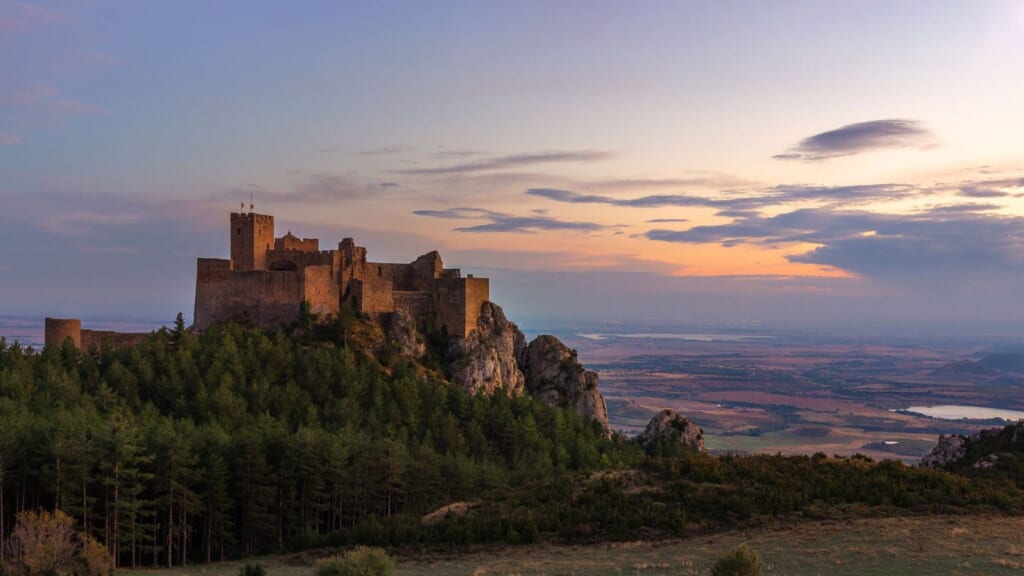
This symbolism does not just represent the name of an expansive region but also a sense of purpose. It explains why Rueda is the place where the first white grape in Spain was bestowed the designation of Denomination of Origin or DO – a sort of government seal of approval mandating that a wine bearing the name Rueda Verdejo may only be made within the designated geographic region. It’s no wonder that Rueda and its signature grape, Verdejo, is Spain’s number one selling white wine. This prestigious designation became official in 1980, and the rest, as they say, is history.
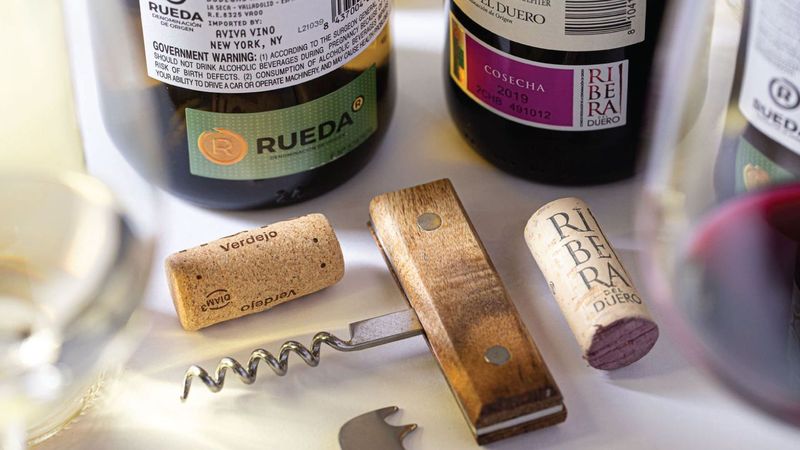
“Diligence is the mother of good fortune” – Chapter XLIII, Part II, Miguel de Cervantes
This quote from Castilla y León’s most famous author could be applied to many things, but perhaps no more so than to the wine region of Ribera del Duero. Located within Castilla y León – Spain’s largest autonomous region – Ribera is home to more than 300 wineries and 2,300 brands, all of which have an almost singular focus: Tempranillo.
Wine is part of the history here too having been produced for well over 2,000 years. It took a few hundred more years before relatively advanced winemaking techniques would be introduced by the Benedictine monks in the 12th century, but those developments ultimately set the stage for Ribera del Duero to gain Denomination of Origin status in 1982. What has followed is a reputation as one of the greatest and most exclusive wine regions in the world.
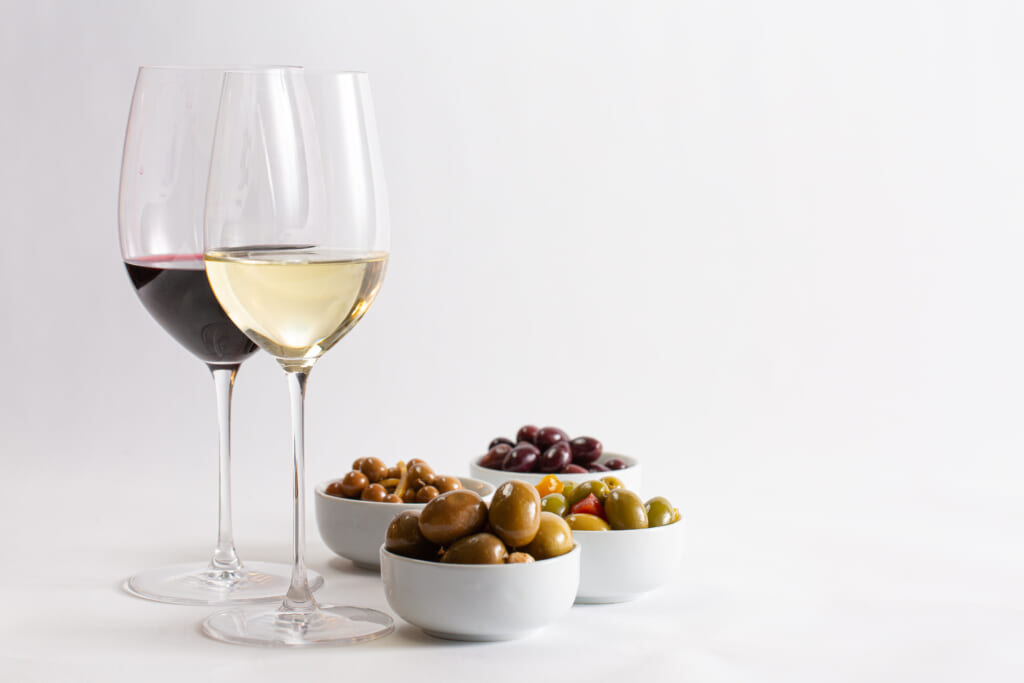
Rueda – Land of Lions & Verdejo
When winemaking began in Rueda around 1,000 years ago, it’s a wonder anyone would have thought to plant grapes in this region of extremes – blisteringly hot summers, bitterly cold winters, and a relatively high altitude. Happily, the local monks and the Verdejo grape, native to North Africa, arrived in the region at about the same time, and in that grape, the monks saw possibility where there wasn’t necessarily promise, and perhaps they were thirsty.
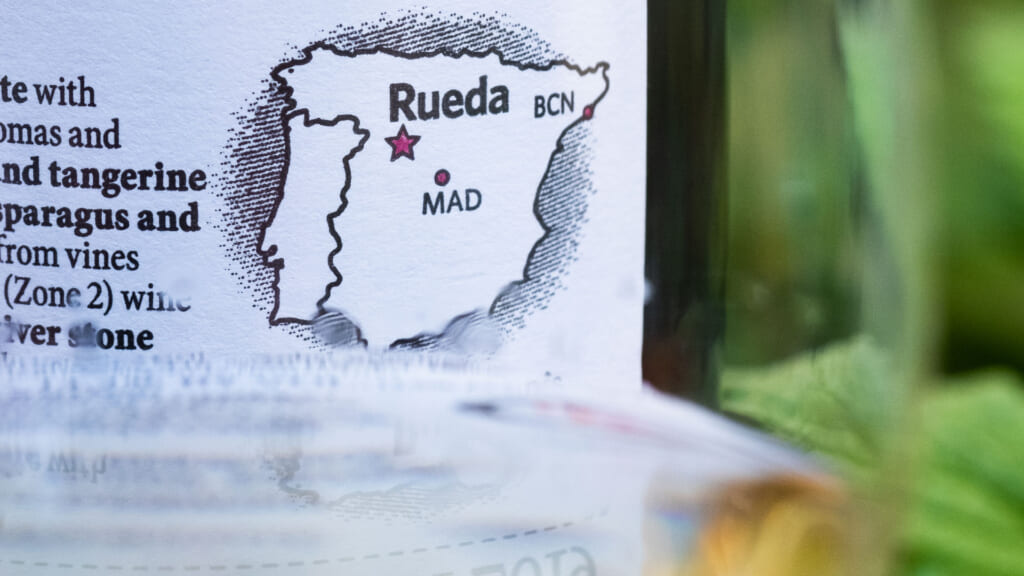
Rueda is an area within Castilla y León, Spain’s largest region and Europe’s third. It is a vast expanse of alluvial soils and in much of it, stones and pebbles – lots of pebbles. Given this, it seems unlikely to be home to the prestigious wine areas within it, but a river runs through it, and with that, the key to vibrant vineyards and the wines that come from them.
Most of the vineyards are planted south of the Duero River. Because Rueda sits at an altitude of about 800 meters (2400 feet), and because of its location distant from any cooling sea breezes, it is an arid landscape that nevertheless plays host to oases of verdant vineyards throughout.
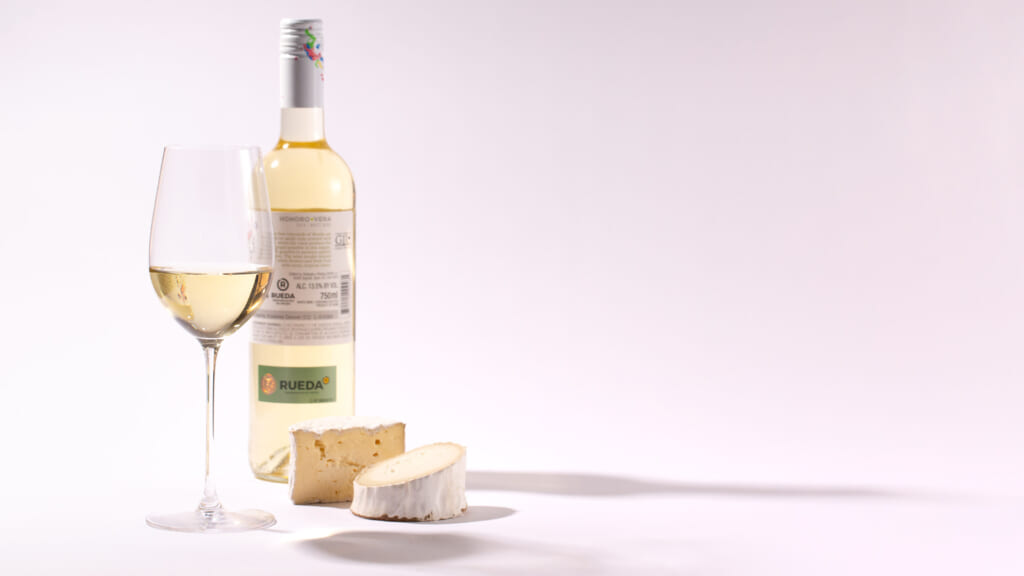
The Verdejo that grows on these vines actually makes sense when you think of the scorching region in which they’ve taken root. That’s not so much because it’s easy to grow here. Instead it’s because of the end result. There are few pleasures in life better than a glass of Verdejo on a Rueda summer day — light, refreshing, lemony, almondy, citrusy, and mineral-y – all the desirable characteristics of a quintessential summer wine.
Given this, it’s no surprise that Verdejo is Spain’s number one-selling white wine, though not just in summer. The grape’s many forms of expression – sparkling, clean, crisp, young, aged, oak, unoaked – means it takes what it is given and translates that into the wine the winemaker intends and ultimately the wine drinker will love.
It also means that a glass of Verdejo will go with pretty much any type of tapa or other food. One thing is for certain: like the symbolic lioness of the region, this wine stealthily yet sure-footedly makes its way past the palate and into the soul.
Ribera, Home to Tempranillo – The King of Grapes
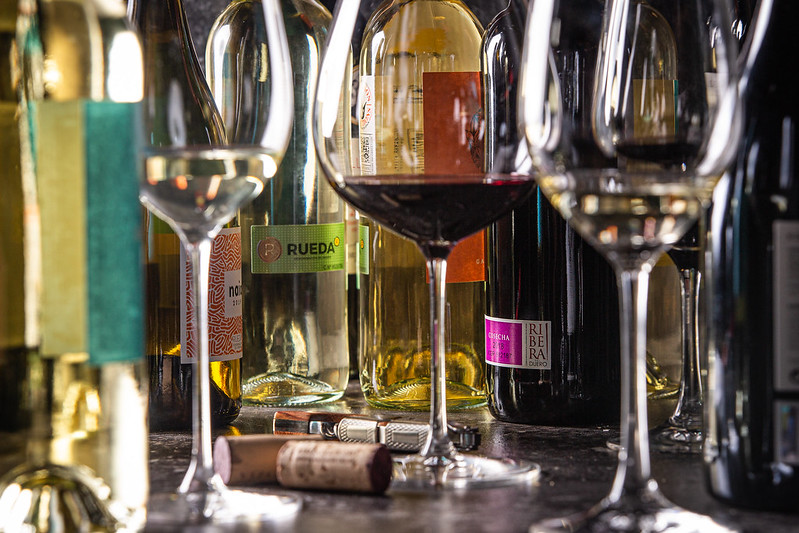
Usually referred to in these parts as Tinto Fino or Tinta del Pais to distinguish it from other nearby tempranillos as well as to highlight the uniqueness of the Ribera del Duero’s unique influence on the grape’s characteristics, the thick-skinned grape is grown in a place of extremes – extreme temperatures, rocky terrain, and high altitudes.
Despite these inherent challenges, the reward in Cervantes’s assertion explains why winemakers have chosen to practice their craft here: breathtaking results.
Ribera del Duero translates to the riverbanks of the Duero – the river that cuts a 70-mile (110-km) path through the region. It is a place where castles (“castillos”) dominate the landscape and with those, a reminder of the history that informs not just the wine-growing here but also the importance of the region to the development of the entire country of Spain.
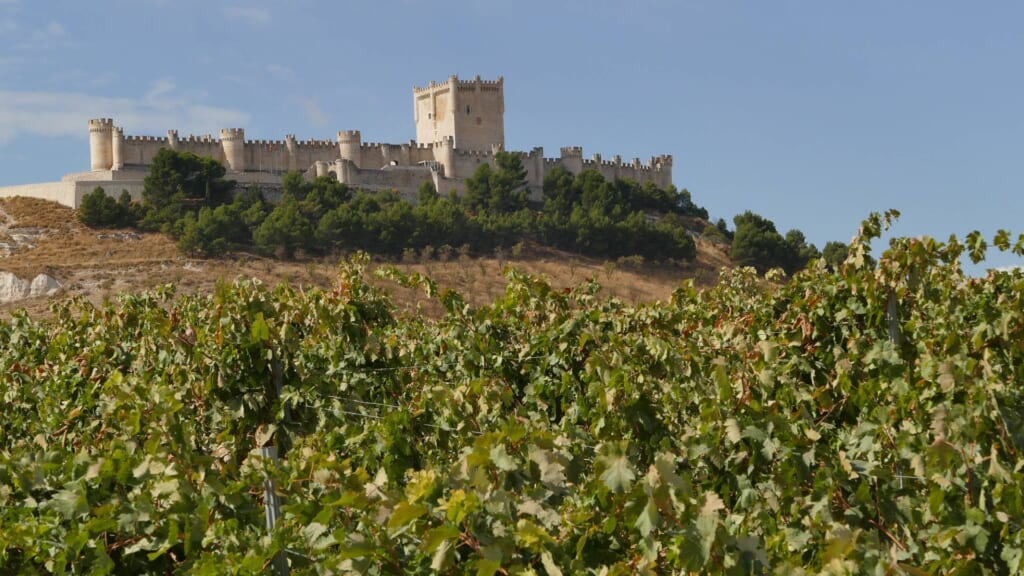
As with most countries that have been around for thousands of years, Spain has a storied history. Castilla y León plays a significant role in that. The Romans ruled the country before the fall of the Roman Empire. The Moors – Muslims from North Africa – moved in and were mostly in control for a few hundred years. But their Islamist beliefs were at odds with the Christianity of the ruling kings, and conflict followed. Not until the 15th century could the Spaniards claim Spain as their own once and for all.
For good reason, Tempranillo remains king in Ribera del Duero. Unlike other Tempranillos, the grapes here are a darker, more tannic version of their counterparts. Also, because many of the Ribera del Duero vines have been around for decades, they have managed to adapt to the short growing season and develop their fruit relatively quickly. The result is complex wines with balanced acidity, a backbone of tannins, dark fruit, and sturdy structure.
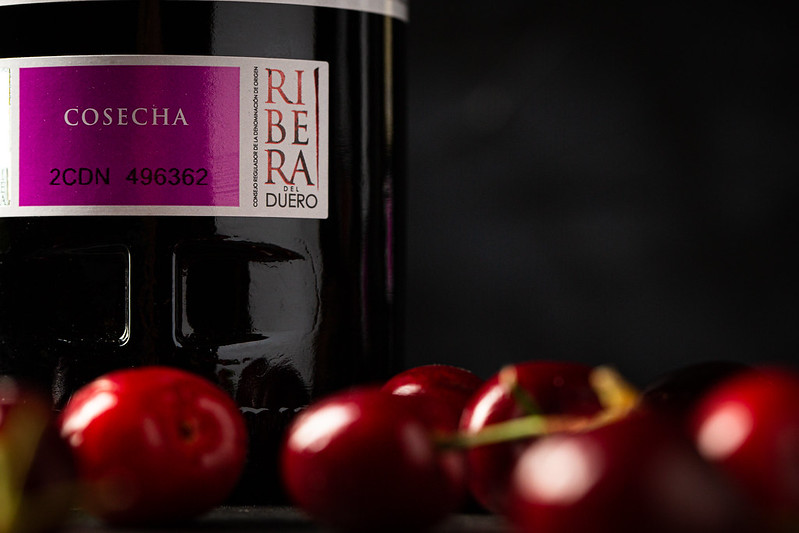
Grapes from different plots are typically hand-picked and fermented separately, so winemakers can control the process and understand the best way to make wine from each parcel. While organic viticulture is becoming increasingly popular throughout the wine world, many growers in the region have always farmed organically. In Ribera del Duero, sustainability is not a trend. It’s a tradition.
This is just part of what lends Ribera del Duero wines their reputation. Spain’s most expensive wines come from this region and because of that, the bar is high for producers at all levels to create exceptional wines with equally exceptional value.
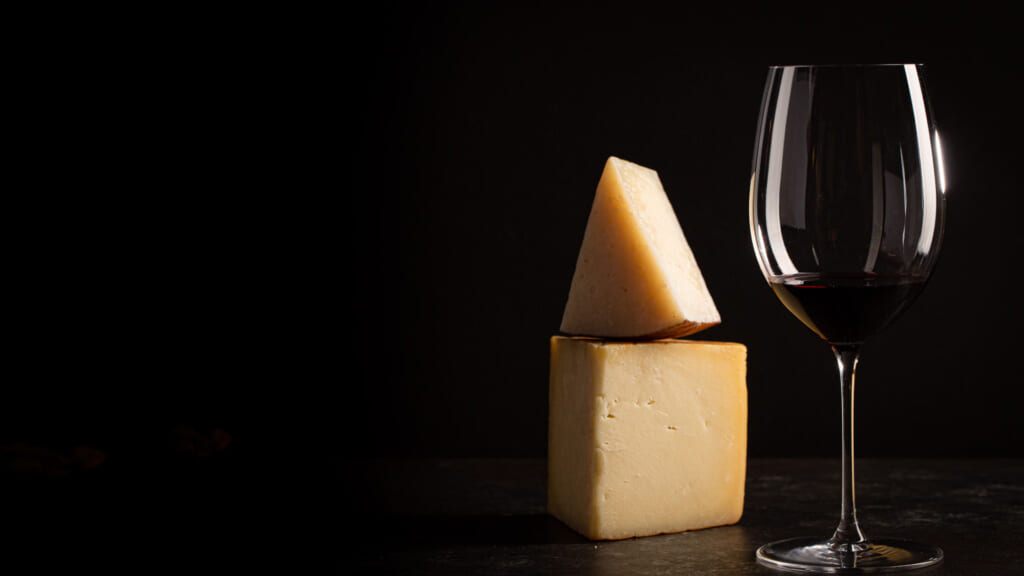
This translates to wines that can be equally at home on the everyday table as they are on the most exclusive ones. When you have a wine region that is as challenging to grow grapes as Ribera del Duero, the dedication by winemakers to make wines at all levels is, by definition, focused and intense – just like their wines.
Learn more about Ribera y Rueda on Instagram @RiberayRuedaWine and don’t forget to enter for your free Trip to Spain. Be sure to sign up on Drink Real Spain (it’s free to join) for access to the best wine collections from Spain. Each month, Drink Real Spain hosts a virtual tasting featuring a curated four-bottle collection with wine celebrity Anthony Giglio exploring Verdejo from Rueda and Tempranillo from Ribera. Members of Drink Real Spain are also entered in for a chance to win amazing monthly giveaways.
Now is the time to become an insider at DrinkRealSpain.com and follow @RiberayRuedaWine – Spain’s most prestigious regions for red and white wines on Instagram.
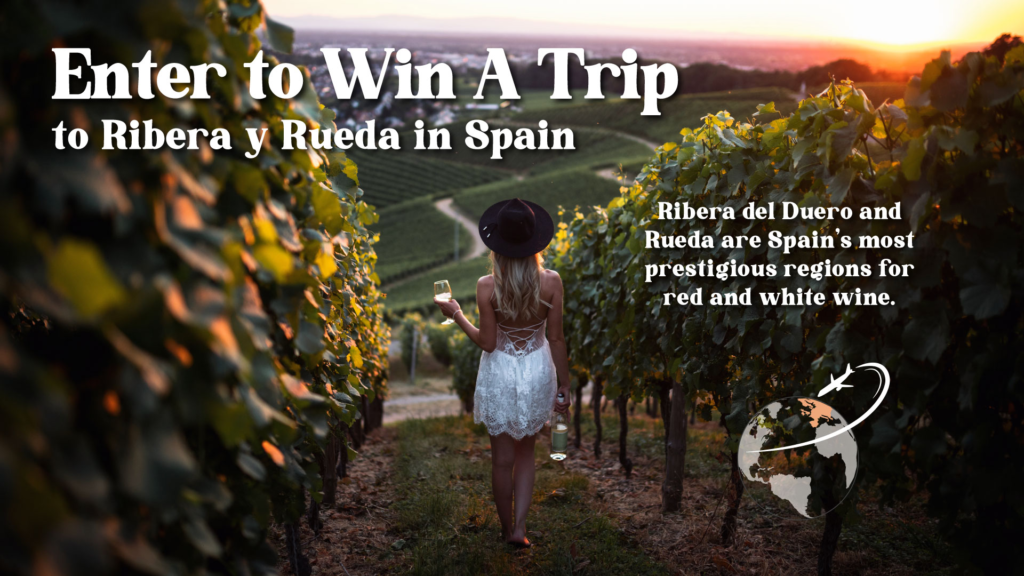
Laura Werlin is a James Beard Award-winning author. Follow her on Instagram @cheezelady.
